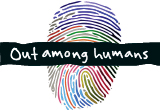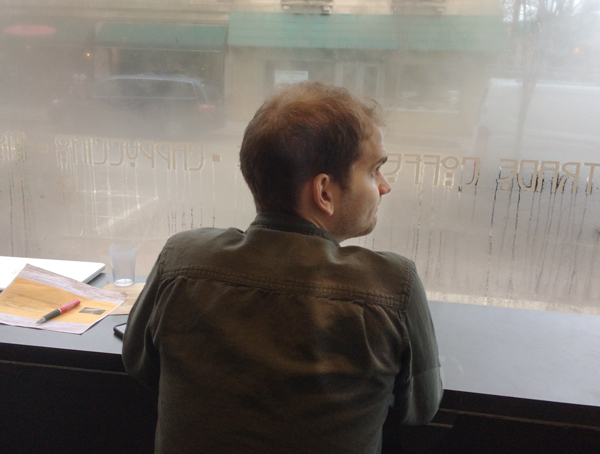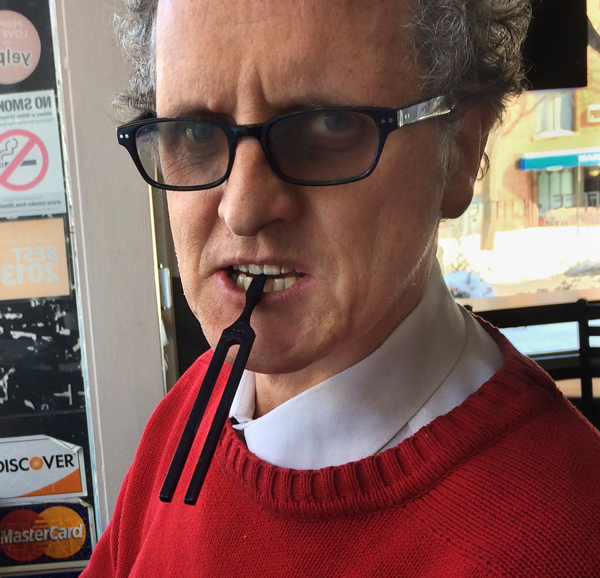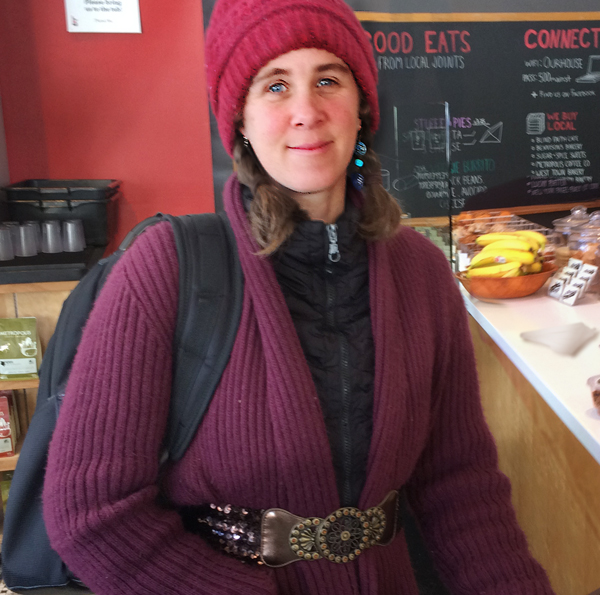Katy, Barista Extraordinaire
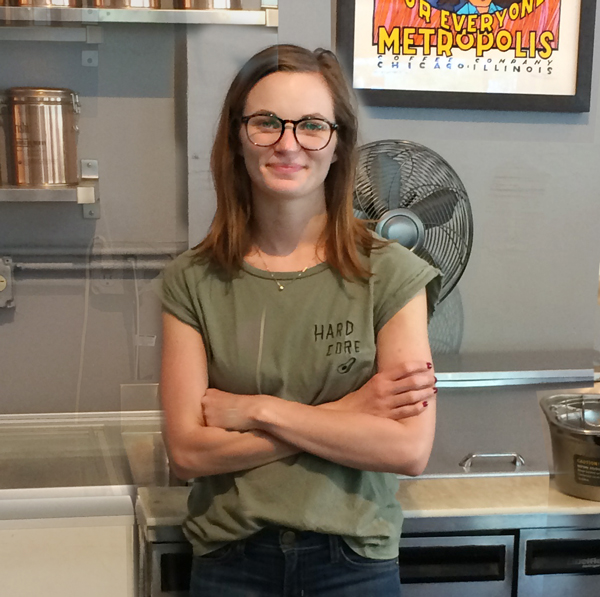 Tattoos, piercings and assorted hairstyles that have something to say.“I look for weirdoes” Katie Ujimori says, using that word as a sign of admiration.
Tattoos, piercings and assorted hairstyles that have something to say.“I look for weirdoes” Katie Ujimori says, using that word as a sign of admiration.
She laughed when I suggested some of her baristas seem conventional enough. “You might be surprised.” she replied.
Recruiting is one of Katie’s many duties here at the coffee shop. She can get a new hire up to speed in a matter of hours or in a matter of days. She’s proud of her record.
Katie searches for people with evident energy, who bring a touch of theater to everything they do. But none of them comes off as hipper-than-thou.
For those of us escaping copays, two-step logins and texts from the daycare center, Katie keeps a supply of humor next to the creamers, the sweeteners and the bagel toaster.
You’ll hear her call out customers’ orders in a voice worth its weight in Kopi Luwak coffee (beans harvested from the droppings of the palm civet of Southeast Asia; $320 a pound).
The hum of machines and the crowd and the always-present music helps people concentrate — productivity hangs in the air. But the baristas are careful about using the drip-coffee grinder. Its sound sets off the children with autistic spectrum disorder.
As a rookie Katie was overwhelmed by the crush of commuters on the way to the train, and double-parkers desperate for their a.m. dose. On her first day the neighborhood was buried by the infamous ‘Snowpocalypse’ that sent the multitudes to the coffee shop instead of to work.
The Brothers K is the sweet spot of our part of town. Unlike places that sell alcohol, mood adjustment here is based on caffeine. Debates yes, but heated arguments are few and far between.
“It’s a safe space.” Katie says.![]()
